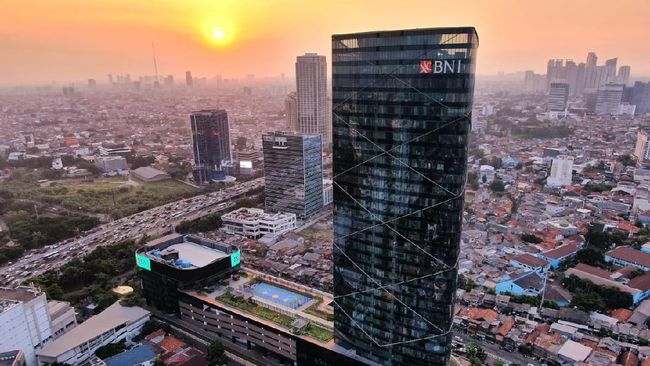The National Retail Federation of the United States, the largest retail trade association in the world, he wrote the White House asking for a meeting with the Biden administration to discuss the problems of a maritime supply chain that has been going on in fits and starts for some months and which is leading to congestion in the country’s main commercial ports.
Lidia Yan, CEO of NEXT Trucking, local developer of software and devices for transportation, reports that in recent weeks in the port of Los Angeles, the most important commercial seaport in the United States, up to 40 container ships have had to wait at anchor (the stretch of water off the ports where the ships “park” waiting to enter ) an average of 7.5 days. Since the beginning of the year, the average time spent on land of a container has increased from three to seven days, reaching the record in February with almost 800,000 TEU (unit of measurement that indicates the volume of a twenty-foot-long container. ) waiting on the ground, or 800,000 containers but even less, if they are larger. THE47 percent more than in February 2020, when global trade was about to stop.
Last week NRF revised its annual US retail forecast upward, which is expected to grow between 10.5 and 13.5 percent to over $ 4.44 trillion, significantly accelerating the recovery. economic. It has been more than a century, say the operators of the port of Los Angeles, that such a flow of imports has not been seen.
The letter from the US association of traders is yet another symptom of a difficult period for international transport logistics, mainly due to a powerful economic recovery in industrialized countries, which has pushed several factories to massive orders of raw materials and semi-finished products, placing in crisis the offer of electrical conductors, microchips, paper, coffee, steel, packaging boxes, among others. For the shipping sector, which transports all these goods, the crisis is materializing in an increasing difficulty in delivering them on time. April, almost everywhere in the world, it was one of the busiest months in the history of container ship traffic, with dedicated sea freight rates (the space on board rented by the forwarder, the main profit of shipowners) that are reaching and exceeding unprecedented prices.
But that’s not all. There is a chronic lack of empty containers to fill, a structural phenomenon, present well before the pandemic. In March there was a six-day blockade of the Suez Canal, the gateway for shipping (which carries up to 90 percent of the things we buy) on the Mediterranean, causing delays on maritime shipments which will persist at least until autumn. Finally, the blockade in recent weeks of the first outbound supply pole towards the West of consumer items, the Yantian terminal in Shenzhen in China, decided due to an outbreak of coronavirus. A chain of events that is having – even if it is not the main cause – concrete effects on inflation.
Matthew Shay, president and CEO of the National Retail Federation (NRF), explains that “the disruption of the supply chain, particularly the congestion affecting our main ports, is causing significant challenges for American retailers. Congestion problems have not only added days and weeks to our supply chains, but have led to inventory shortages that impact our ability to serve customers. Furthermore, these delays have added significant transport and storage costs for retailers. ‘ Costs that for now do not affect consumers because they are shipping (as the maritime trade is called by English speakers) is a conglomerate of a few shipping groups that can easily absorb these costs. Without forgetting that this situation, through sea freight, generates enormous profits. Rather, costs tend to be passed on to logistics companies, whose market is much more crowded and competitive.
At the moment port congestion is not affecting all shipping but only containers, that is, the maritime transport of consumer products. There are currently no repercussions on the transport of energy (which occurs through tankers and tankers, i.e. tanker ships) and food (through bulk carriers, apparently similar to tankers but structurally different).
Huge delays are accumulating here and there, depending on the commercial area concerned, the day of the week coinciding with the maritime service, the port terminal that has to take care of it and the land logistics hub that receives the goods to be sorted on the trains, on trucks and in warehouses: a bottleneck. A handful of ports in the world are overcrowded, enough to put the world supply system in difficulty.
Larger ports, that is, those that accommodate very large ships and that have to unload or load a lot of goods in a few hours, become less efficient. Just to give an example, also in Los Angeles in recent months some container ships have had to unload goods on old docks not far from the large congested automated terminals, something that has not been seen since 2004. But important European ports also suffer. like Rotterdam (which alone does like all Italian container traffic, about 10 million TEUs), Antwerp and Valencia, the first container port in the Mediterranean.
–

